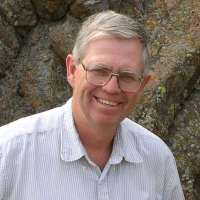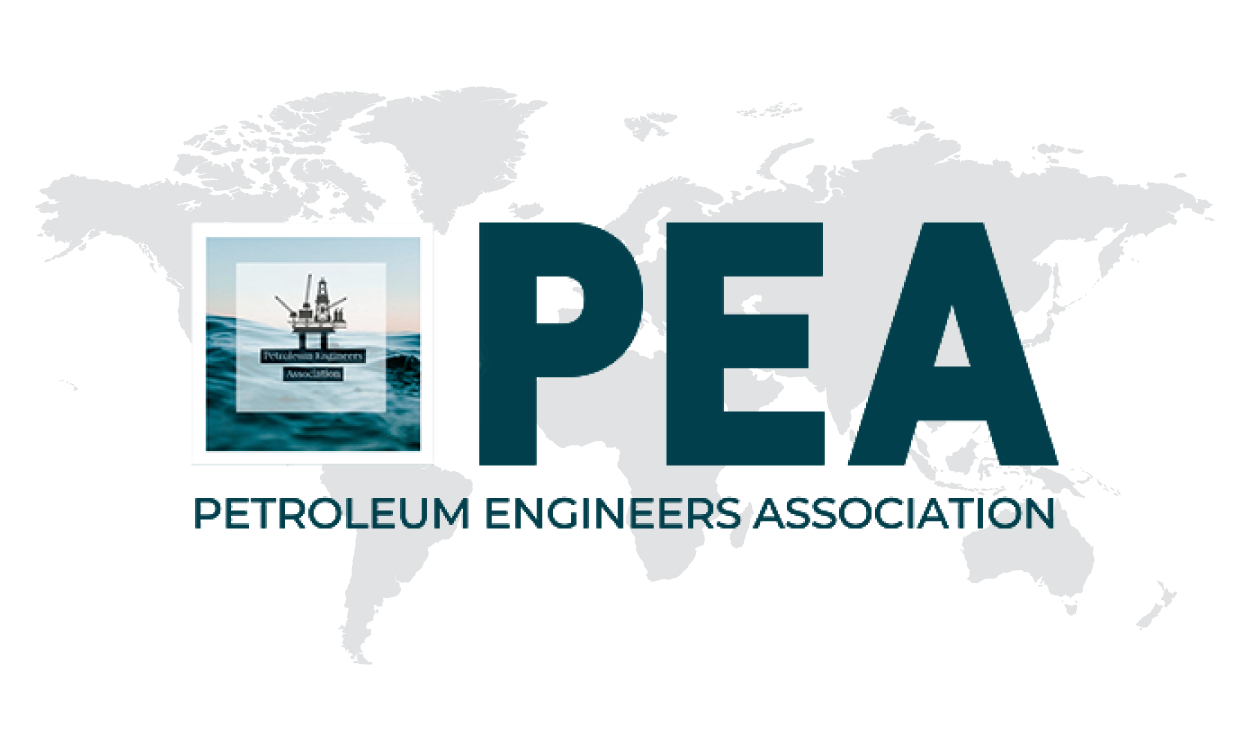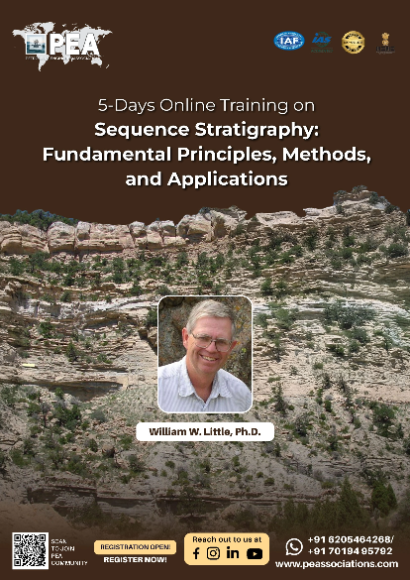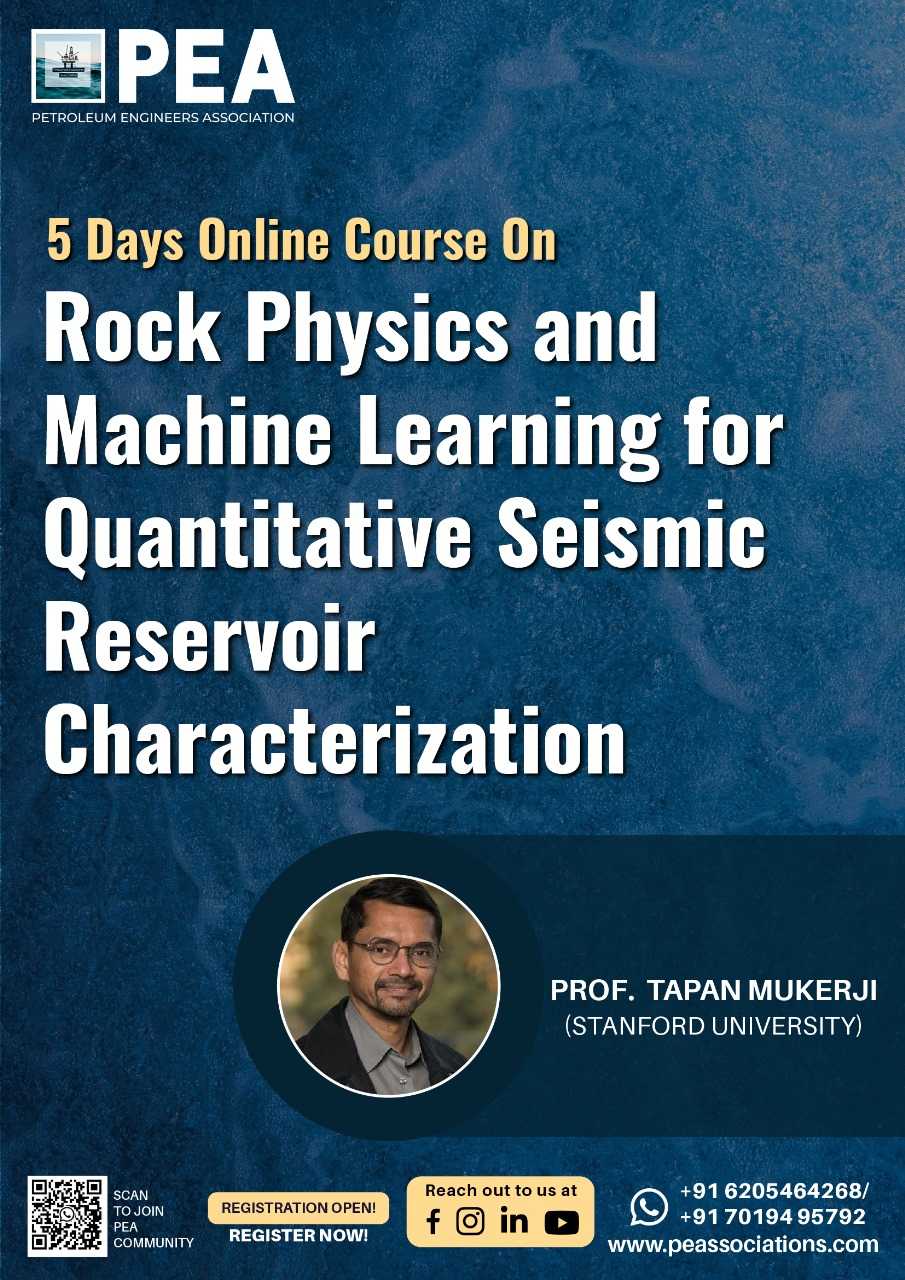Sequence Stratigraphy: Fundamental Principles, Methods and Applications
| Code | Date | Time | Duration | Location | Currency | Team of 10 Per Person | Team of 7 Per Person | Early Bird Fee Per Person | Normal Fee Per Person |
|---|---|---|---|---|---|---|---|---|---|
| GG-SSPEA26 | 23 - 27 Feb 2026 | 8 PM Indian Time |
4 Hours Per Day
|
Zoom Online
|
USD
|
1500
|
1600
|
1750
|
2500
|
Boost your team's skills and your budget! Enjoy group discounts for collaborative learning. Send an inquiry to info@peassociations.com.
Sequence Stratigraphy : Fundamental Principles, Methods, and Applications
This course provides a comprehensive understanding of
fundamental principles and terminology associated with sequence stratigraphy,
the processes involved in the formation of stratigraphic sequences, evolution
of models historically applied to sequence stratigraphy, application of the
sequence stratigraphic method to real life situations, and cautions that need
to be recognized in its application, including when the process should not be
used. Participants will learn to identify key surfaces, predict facies
distributions, and apply sequence stratigraphic concepts to exploration and
reservoir characterization. Each day
includes two approximately 2-hour sessions, followed by case-study exercises
using real-world datasets, including seismic, well log, and outcrop data.
Description
Sequence stratigraphy is a vital tool for interpreting sedimentary basins and predicting the distribution of reservoirs, source rocks, and seals. This course bridges the gap between academic concepts and industry practices by offering a step-by-step understanding of stratigraphic surfaces, systems tracts, and depositional sequences. Designed for geoscientists and professionals involved in exploration, reservoir development, and basin modeling, the course delivers both theoretical and hands-on insights using case studies and practical examples from different depositional environments.
Demo Class
The application of sequence stratigraphy has transformed the way geoscientists interpret sedimentary records and evaluate hydrocarbon potential. This course introduces the core principles of sequence stratigraphy, such as base level changes, accommodation space, and sediment supply, and shows how to use them to identify key surfaces and depositional systems. Participants will gain a deeper understanding of time-stratigraphic frameworks and how they guide the prediction of facies distribution and reservoir heterogeneity in both clastic and carbonate systems.
By the end of this course, participants will be able to:
-
Understand the fundamental principles and terminology of sequence stratigraphy.
-
Recognize and interpret key stratigraphic surfaces and systems tracts.
-
Apply sequence stratigraphic methods in both outcrop and subsurface data (logs, cores, and seismic).
-
Integrate sequence stratigraphy with sedimentology and structural geology.
-
Use sequence stratigraphy in exploration, reservoir characterization, and field development planning.
-
Analyze and correlate depositional sequences across different stratigraphic levels and basin types.
For the organisation, the benefits will include: companies maximize the value of expensive seismic and well data, improve reservoir predictions, and enhance exploration outcomes. Staff gain skills to identify new plays, assess geological risks accurately, predict play trends, and estimate Expected Monetary Value (EMV) for prospects, driving efficiency and success in petroleum projects.
The Sequence Stratigraphy course equips participants with a deep understanding of sequence stratigraphy principles and hands-on skills to interpret real-world datasets. Geologists, engineers, and students gain expertise to predict facies, enhance exploration, and improve reservoir and environmental work, boosting their career prospects in petroleum, coal, and mineral industries.
This course is ideal for:
-
Geologists and Geophysicists involved in exploration and development.
-
Reservoir Engineers seeking to improve geological understanding.
-
Sedimentologists and Stratigraphers aiming to refine their interpretation skills.
-
Technical Managers and Team Leads who work on basin studies and reservoir models.
-
Early-career professionals and graduate geoscientists looking to build a strong foundation in sequence stratigraphy.
Day 1
Module 1: Introduction to Sequence Stratigraphy
Module 2: Fundamental Concepts and Principles 1
Day 2
Module 3: Fundamental Concepts and Principles 2
Module 4: Historical Development
Day 3
Module 5: Concept of Time
Module 6: Terminology and Models
Day 4
Module 7: Seismic Stratigraphy
Module 8: Depositional Shorelines
Day 5
Module 9: Thick Fluvial Successions
Module 10: Deep Water Systems
On successful completion of this training course, PEA Certificate will be awarded to the delegates

William Little has over thirty years’ experience teaching university and professional courses in sedimentary geology, geological mapping, geomorphology, and technical writing as a Professor of Geology at Brigham Young University – Idaho and the University of Missouri – Rolla. At BYU-Idaho, he was the principal sedimentary geologist and developed the geology department’s field camp program, then served as its director for fifteen years. He received a doctorate degree in geology from the University of Colorado-Boulder, where his was one of the early attempts to apply sequence stratigraphic concepts to thick fluvial successions of foreland basins, and M.S. and B.S. degrees in geology from Brigham Young University. He worked for six years as a bedrock and surficial materials mapping geologist for the Missouri Geological Survey, finishing as Director for the Surficial Materials Mapping Program. Currently, he is owner and Principal Geologist of W.W. Little Geological Consulting, LLC, which focuses on geological field studies and training courses for both university students and professionals.
Frequently Asked Questions
All course bookings made through PEA are strictly non-refundable. By registering for a course, you acknowledge and accept that all fees are payable in full and are not subject to refund under any circumstances, including changes in personal or professional commitments or partial attendance.
PEA reserves the right to make reasonable adjustments to course content, trainers, or schedules where necessary, without entitling delegates to a refund. Comprehensive details of each course — including objectives, target audience, and content — are clearly outlined before enrolment, and it is the responsibility of the delegate to ensure the course's suitability prior to booking.
For any inquiries related to cancellations or bookings, please contact our support team, who will be happy to assist you.










